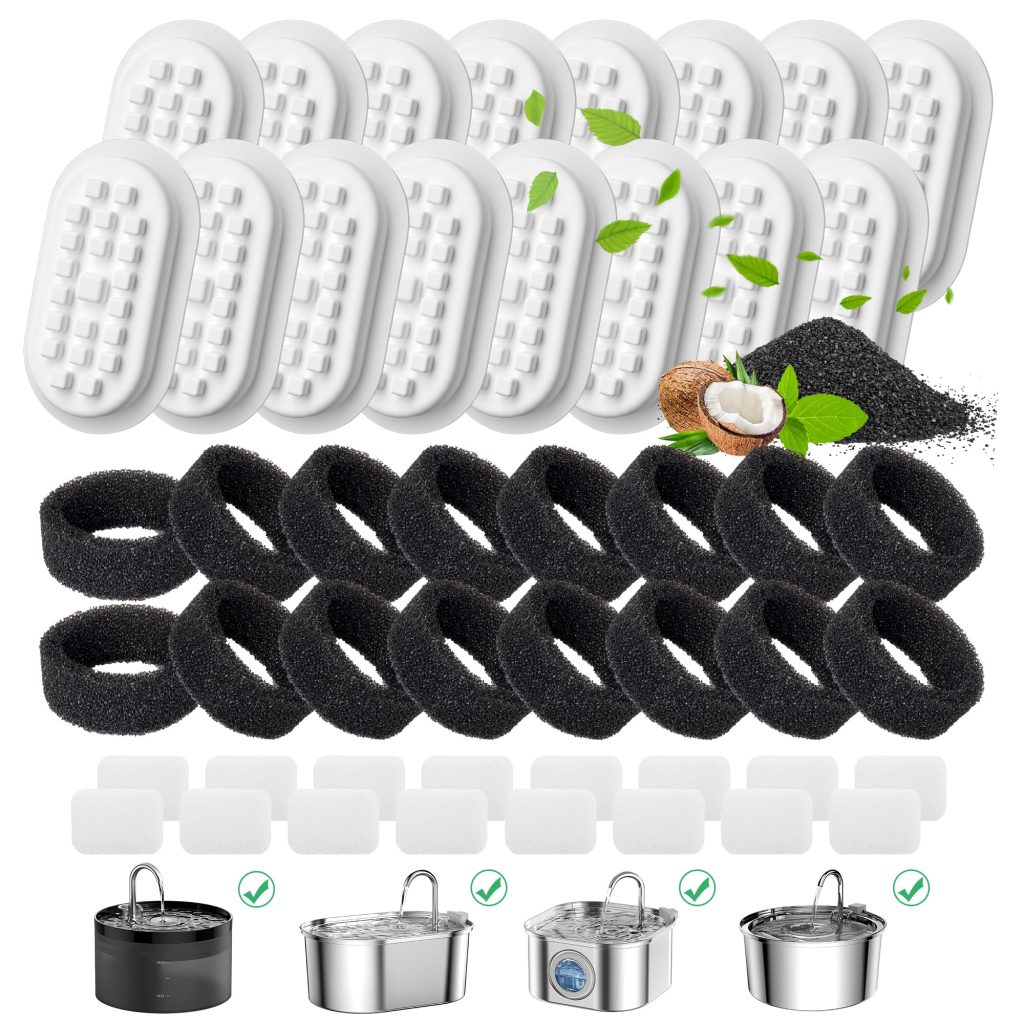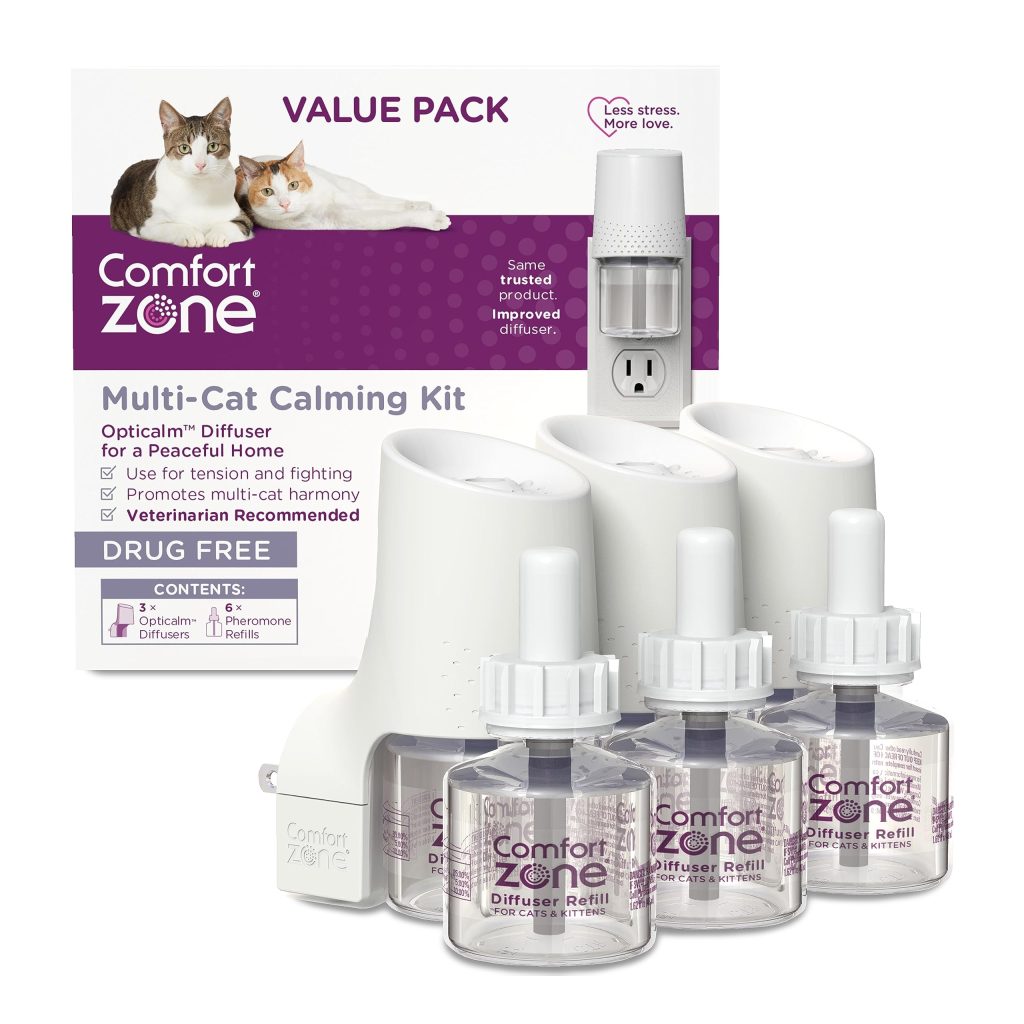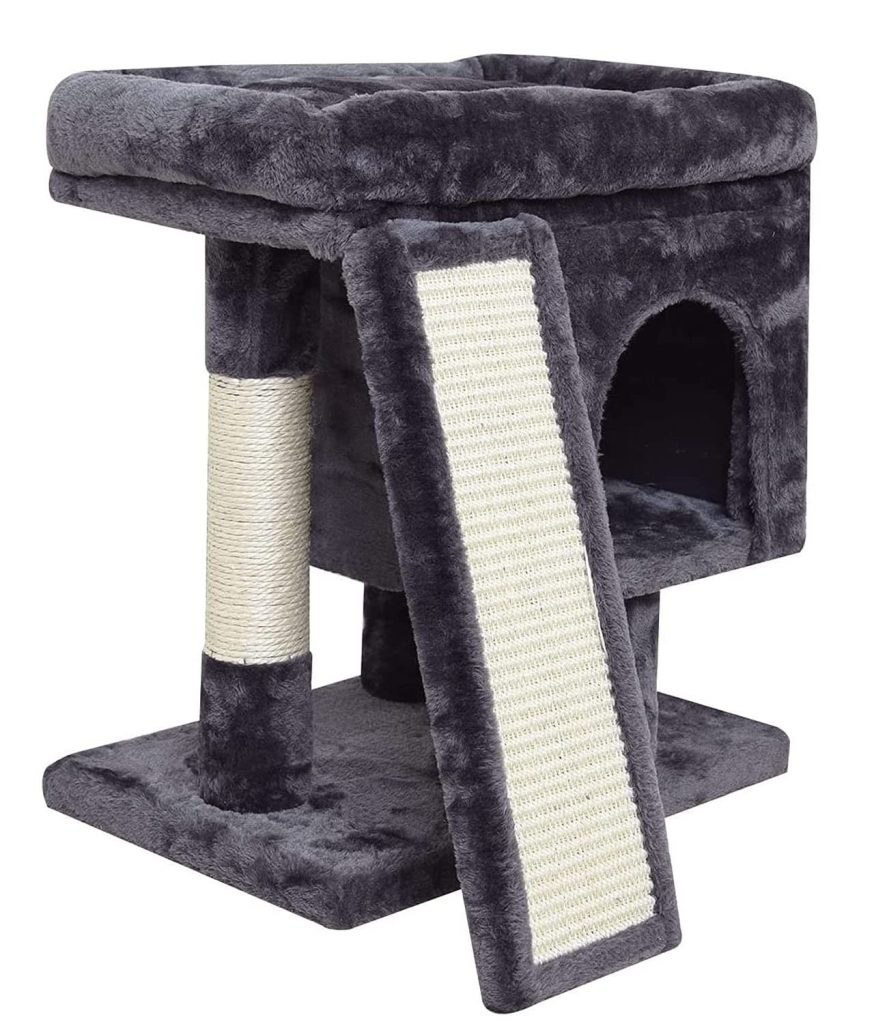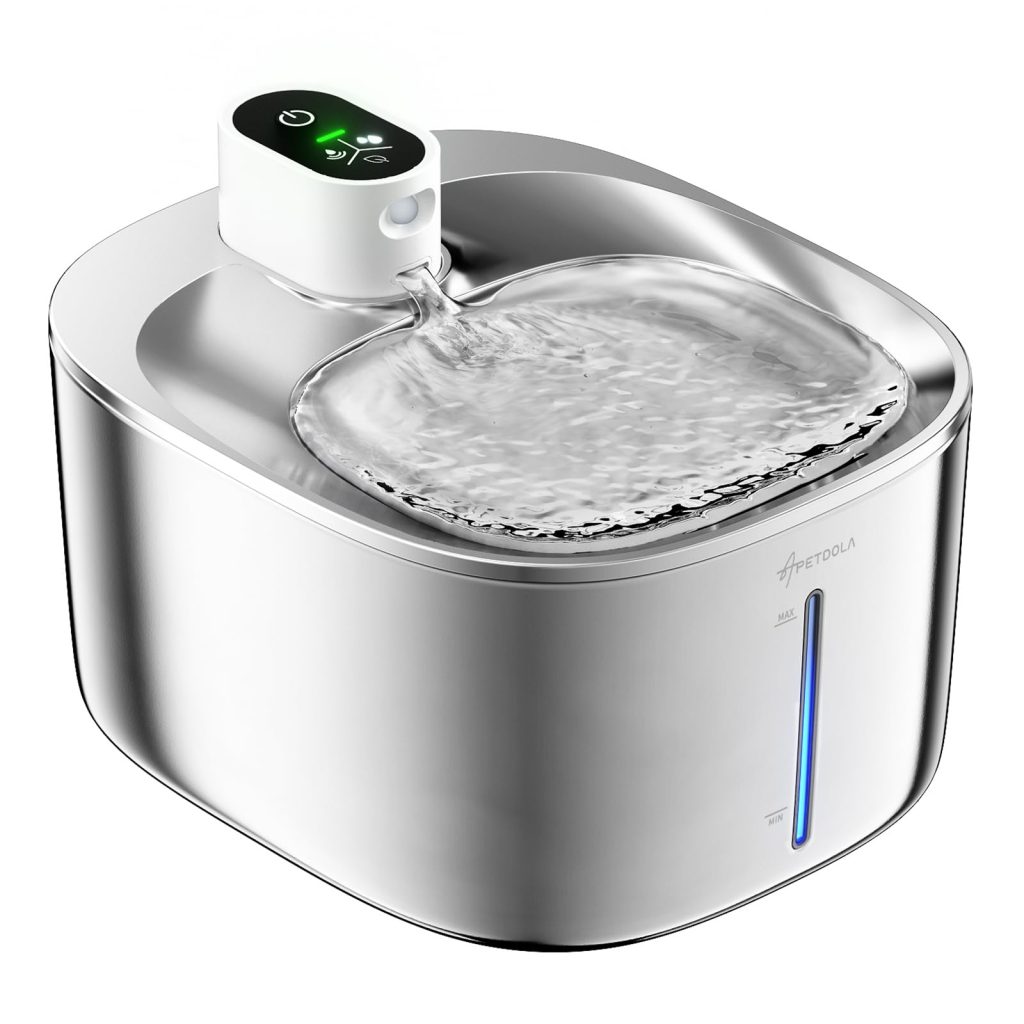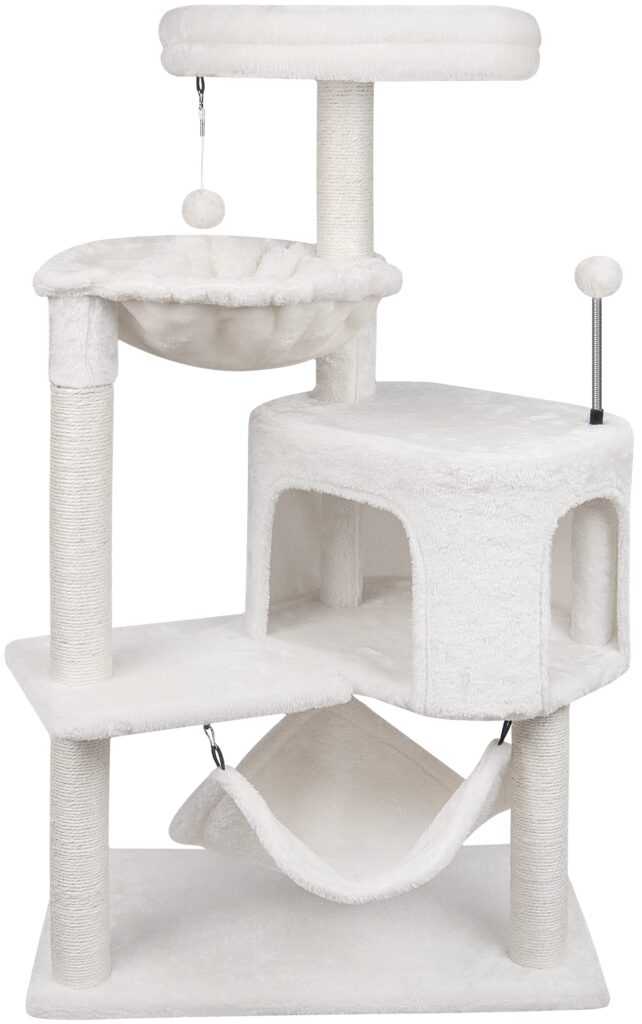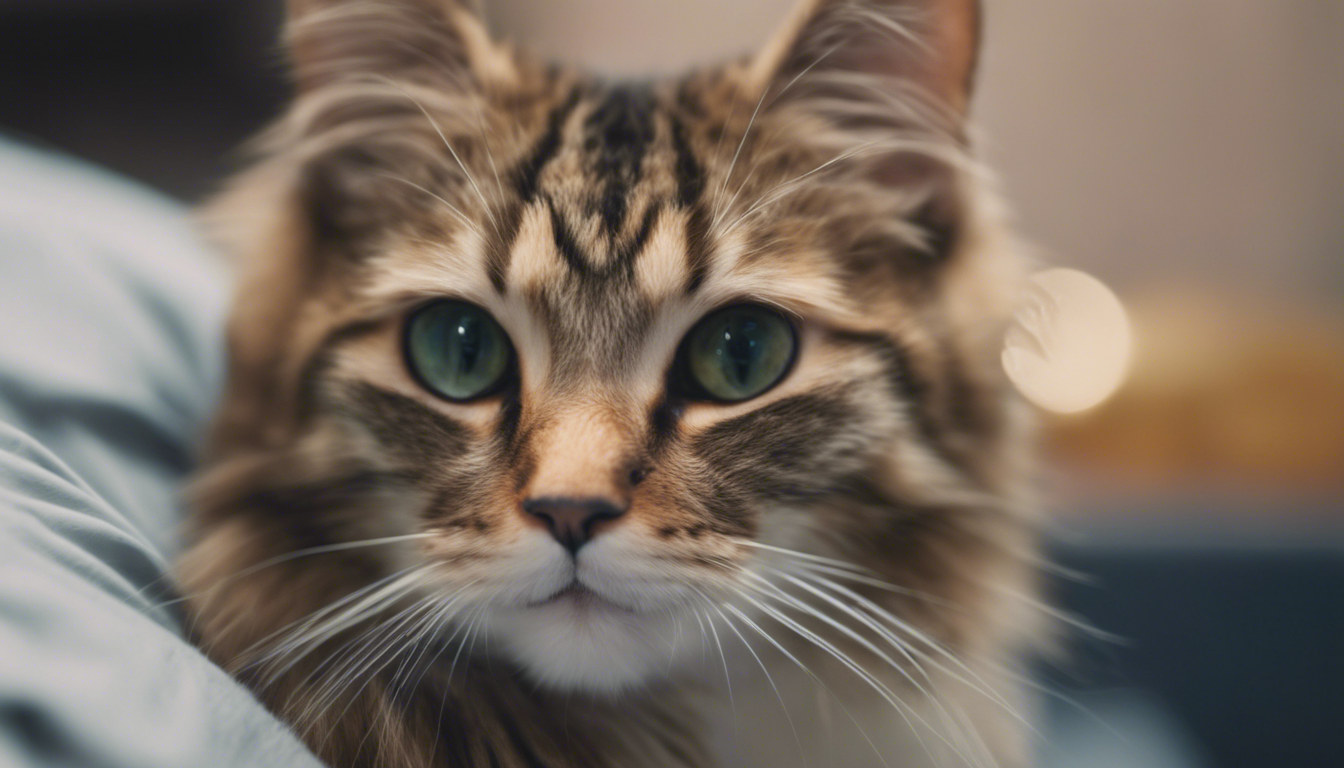
Grooming is an essential aspect of cat health maintenance that promotes overall well-being and helps prevent a variety of potential health issues. Cats are known for their fastidious nature and spend a significant amount of time grooming themselves. However, they may still require human intervention and assistance to ensure their grooming needs are met effectively.
The Benefits of Regular Grooming
Grooming your cat regularly offers a high number of benefits beyond just keeping their fur clean and tangle-free. It helps to distribute natural oils throughout their coat, which keeps their skin healthy and moisturized. Additionally, grooming promotes blood circulation, reduces shedding, and minimizes the occurrence of hairballs.
Coat Care: The condition of a cat’s coat can reveal a lot about their overall health. Regular brushing is important to remove dirt, debris, and loose hair from the coat. It also helps to prevent mats and tangles, which can be uncomfortable for cats and potentially lead to skin irritation or injury.
Claw Maintenance: Cats use scratching as a natural way of keeping their claws in proper condition. However, indoor cats may need assistance in maintaining their claws since they have fewer opportunities to scratch on appropriate surfaces. Regular nail trimming helps prevent painful ingrown nails, torn claws, and potential damage to furniture or other household items.
Grooming Techniques
Brushing:
Choosing the right brush for your cat’s coat type is essential. For short-haired cats, a soft-bristle brush or a grooming mitt works well to remove loose hair. Long-haired cats often require more specialized tools like a slicker brush or a comb with wider teeth to tackle tangles and prevent matting. Brush your cat in the direction of hair growth to avoid discomfort.
Bathing:
Bathing a cat is not always necessary unless they have gotten into something dirty or sticky. However, if you do need to bathe your cat, use a shampoo specifically formulated for cats and ensure the water temperature is lukewarm. Be gentle and calm throughout the process to minimize stress for both you and your cat.
Nail Trimming:
Regular nail trims play a vital role in keeping your cat comfortable and preventing accidental scratches. Invest in a pair of cat nail clippers or human nail clippers with a straight edge, ensuring they are clean and sharp. Make sure to only trim the clear/white portion of the nail, avoiding the pink quick which can cause bleeding and pain. If you are unsure or uncomfortable trimming your cat’s nails, consult a professional groomer or your veterinarian for guidance.
Ear Cleaning:
While cats are proficient at self-cleaning their ears, some may require assistance to prevent a buildup of wax or debris. Use a specially formulated feline ear cleaner or seek guidance from your veterinarian on suitable at-home ear cleaning solutions and techniques. Be gentle when cleaning the ears, avoiding the use of cotton swabs that can potentially damage the ear canal.
Oral Care:
Grooming also involves maintaining your cat’s oral hygiene. Dental disease is prevalent in cats, so brushing their teeth regularly is important. Use a soft-bristled toothbrush and cat-friendly toothpaste to remove plaque and prevent gum disease. Introduce tooth brushing gradually, making it a positive experience for your cat.
Common Grooming Challenges and Solutions
Difficulty with Grooming:
Some cats may exhibit resistance or anxiety during grooming sessions. Gradual desensitization and positive reinforcement can help make grooming a more pleasant experience for them. Start by touching and handling your cat gently, then gradually introduce grooming tools and techniques over time. If your cat’s discomfort or anxiety persists, consult with a professional groomer or a certified feline behaviorist for guidance.
Handling Shedding:
Cat shedding is a natural process, but excessive shedding can be a sign of an underlying issue, including allergies or poor nutrition. Regular brushing helps to manage shedding by removing loose hair before it ends up on your furniture or clothing. A high-quality diet with appropriate nutrients can also contribute to a healthy coat and reduce excessive shedding. If you notice a sudden increase in shedding or bald patches, consult with your veterinarian to rule out any medical conditions.
Dealing with Mats:
Mats, especially in long-haired cats, can be a common grooming challenge. Prevention is key, so regular brushing is important to prevent mats from forming. For smaller mats, gently separate them with your fingers or a wide-toothed comb. However, if the mat is large and causing discomfort to your cat, it may need to be carefully cut out using grooming scissors. Be cautious not to cut your cat’s skin or pull on the mat excessively.
Grooming is not only about maintaining your cat’s physical appearance; it’s an opportunity to bond with your pet and monitor their overall health. Regular grooming sessions allow you to spot any abnormalities, such as skin irritations, lumps, or ticks, that may require further attention from a veterinarian. By prioritizing grooming and investing time and effort into it, you can contribute to your cat’s optimal health and well-being.

